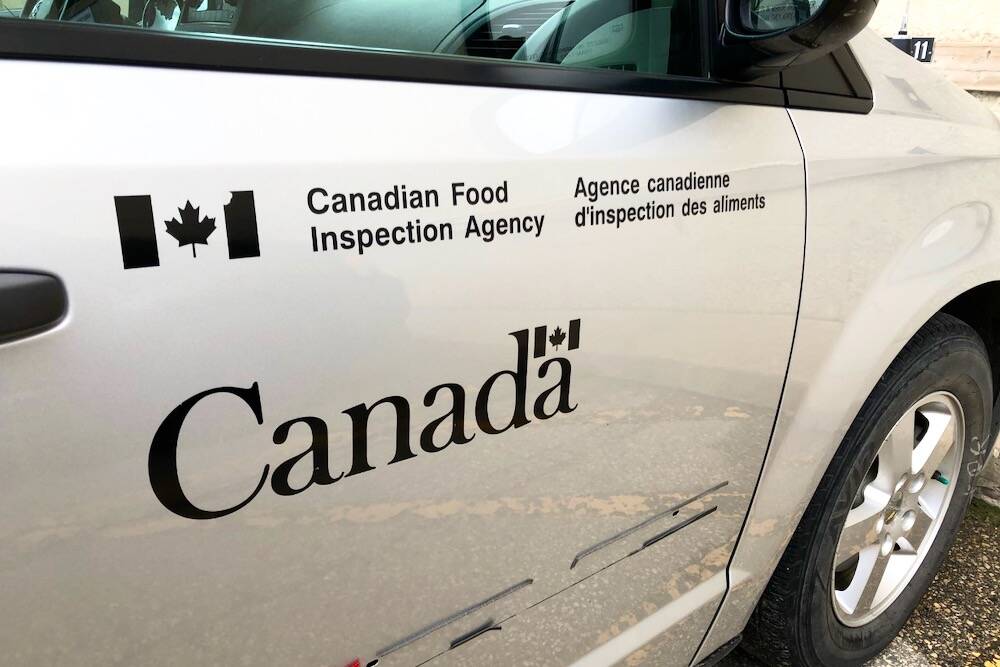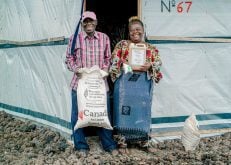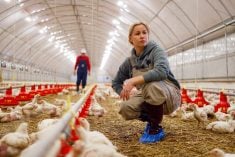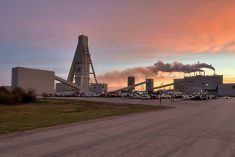Western Manitoba growers are planting crop on patches of land dry enough for seeding, but the vast majority of cropland remain unseeded.
Jim Heshka, Manitoba Agriculture farm production adviser in Dauphin, said seeding is significantly behind normal because soil conditions are wet and soft.
Seeding in the Roblin area, near the Saskatchewan border, is more advanced, but persistent May rains have delayed seeding across the Parkland region.
“Probably less than 10 percent of this whole northwest region (is seeded),” Heshka said.
As of May 26, Dauphin had received 77.5 millimetres of rainfall for the month, only 25 mm more than typical. However, cool weather in the first three weeks of May postponed soil drying in Western Manitoba.
Read Also

B.C. ostriches culled, CFIA confirms
Ostriches on an embattled Edgewood, B.C. farm have been culled after a prolonged legal battle, the Canadian Food Inspection Agency has confirmed.
Soybean acres have boomed around Dauphin and Ste. Rose du Lac in the last couple of years. That trend could end this year unless things dry up quickly. The crop insurance deadline for full coverage is May 30.
“Up here we’ve had a new area in terms of soybean acres. (There was) lots of anticipation for getting soybeans in but … we’re running out of time,” Heshka said.
Scott Chalmers, Manitoba Agriculture representative in Melita, said soil conditions are similar in the southwestern corner of the province. Growers are searching for patches of land suitable for seeding.
“Some are trying to get out there with harrows and dry out the soil, but it’s pretty risky,” he said. “There’s been a few people get stuck. When they get stuck it seems to go right to the belly of the tractor.”
Farmers with lighter soil around Melita are making progress, but cropland in other parts of southwestern Manitoba remains soggy.
“Some of the heavier soils like (around) Deloraine and Boissevain … those soils have a hard time shedding water,” Chalmers said.
Rob Pettinger, who farms near Elgin, Man., said he’s planted about 200 of his 2,200 acres of cropland.
He’s struggling to find dry zones on his farm.
“We got 50 acres sown on a half section, but then we just couldn’t pull it (seed drill),” he said. “There are places you just can’t pull the drill. It doesn’t look too bad but there’s just so much moisture underneath.”
Heshka said farmers around Dauphin are beginning to talk about broadcasting canola seed. So far, he said, that remains coffee shop talk.
“I can’t report on any broadcasting having been done yet.”















